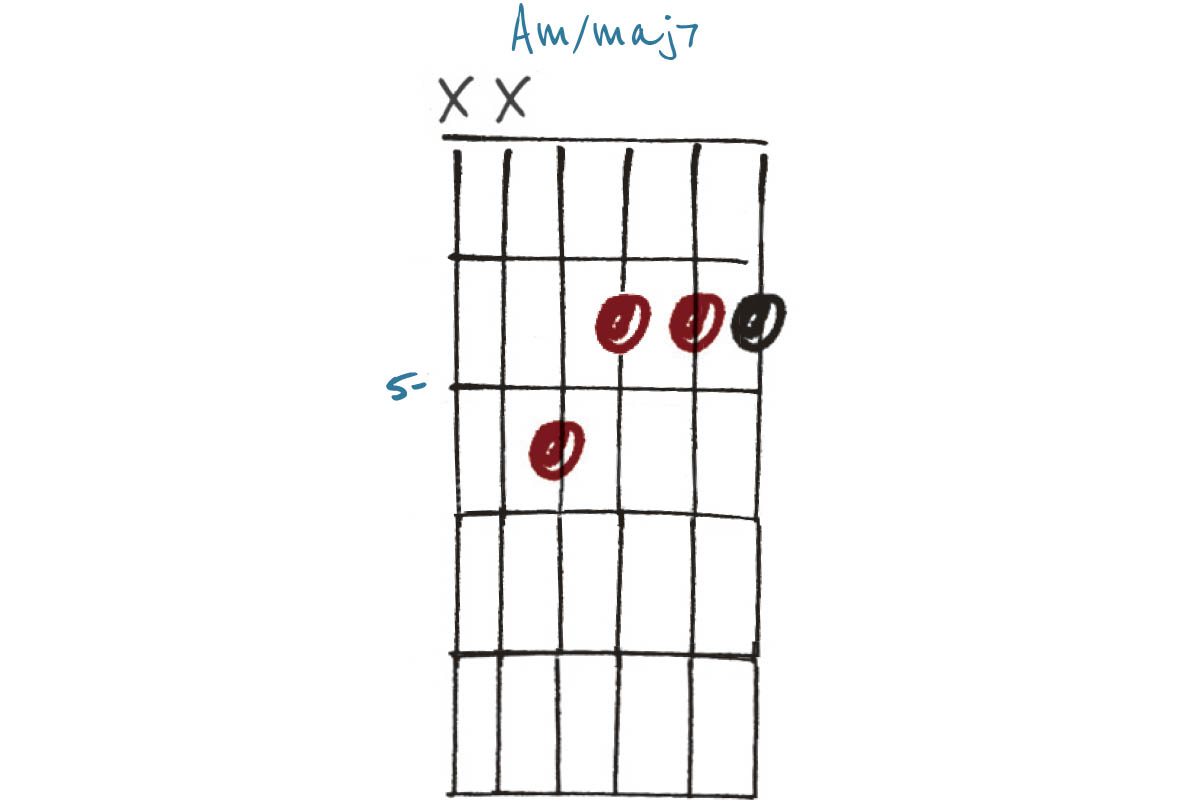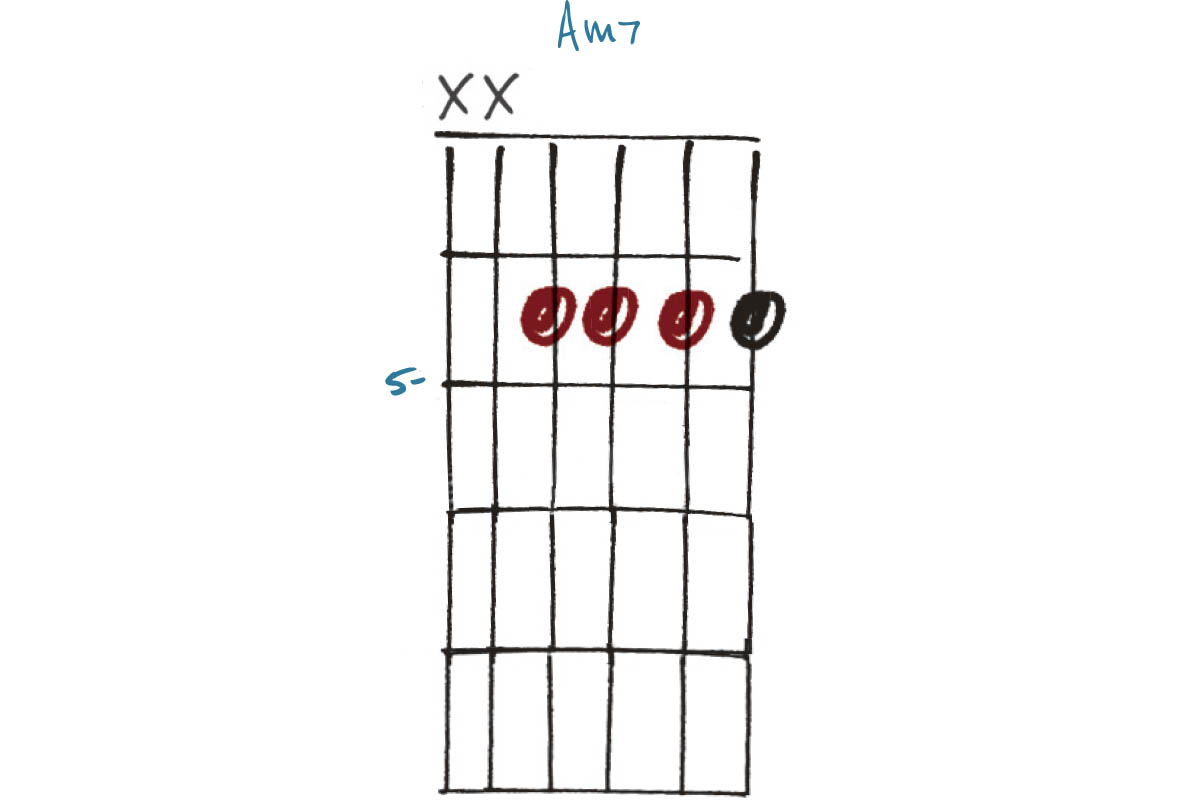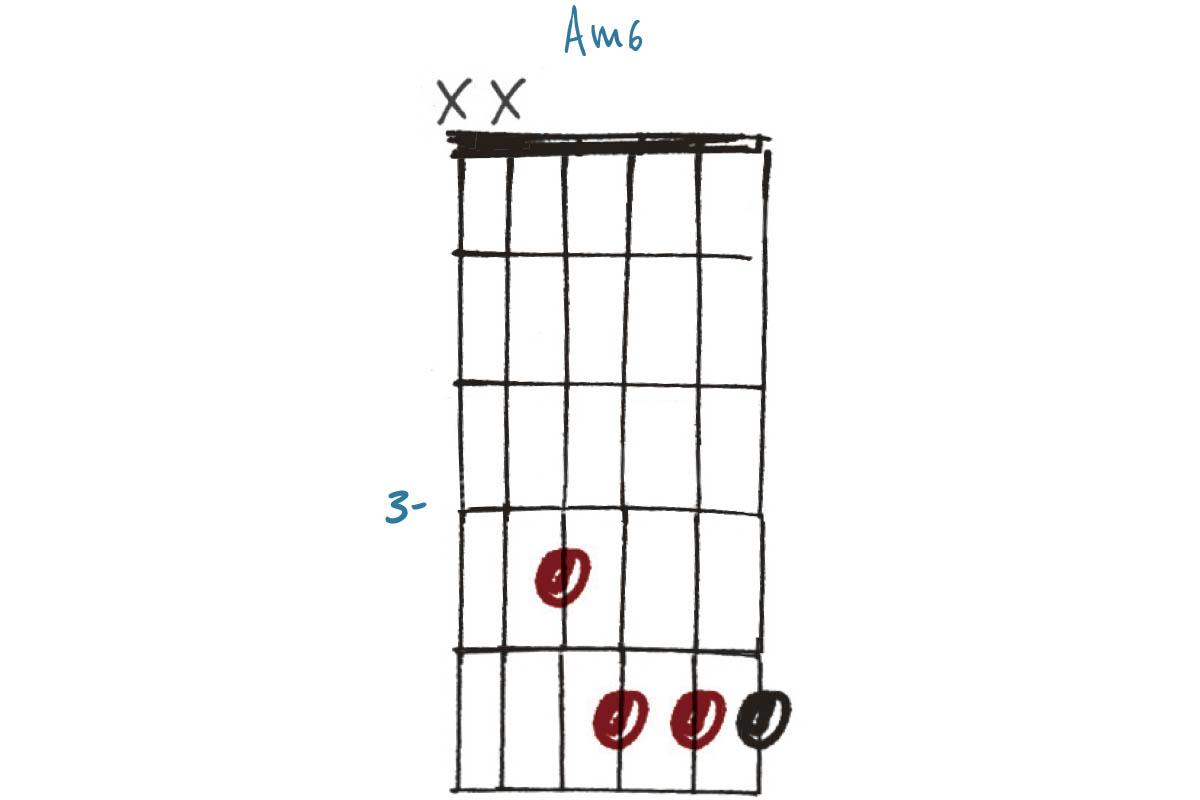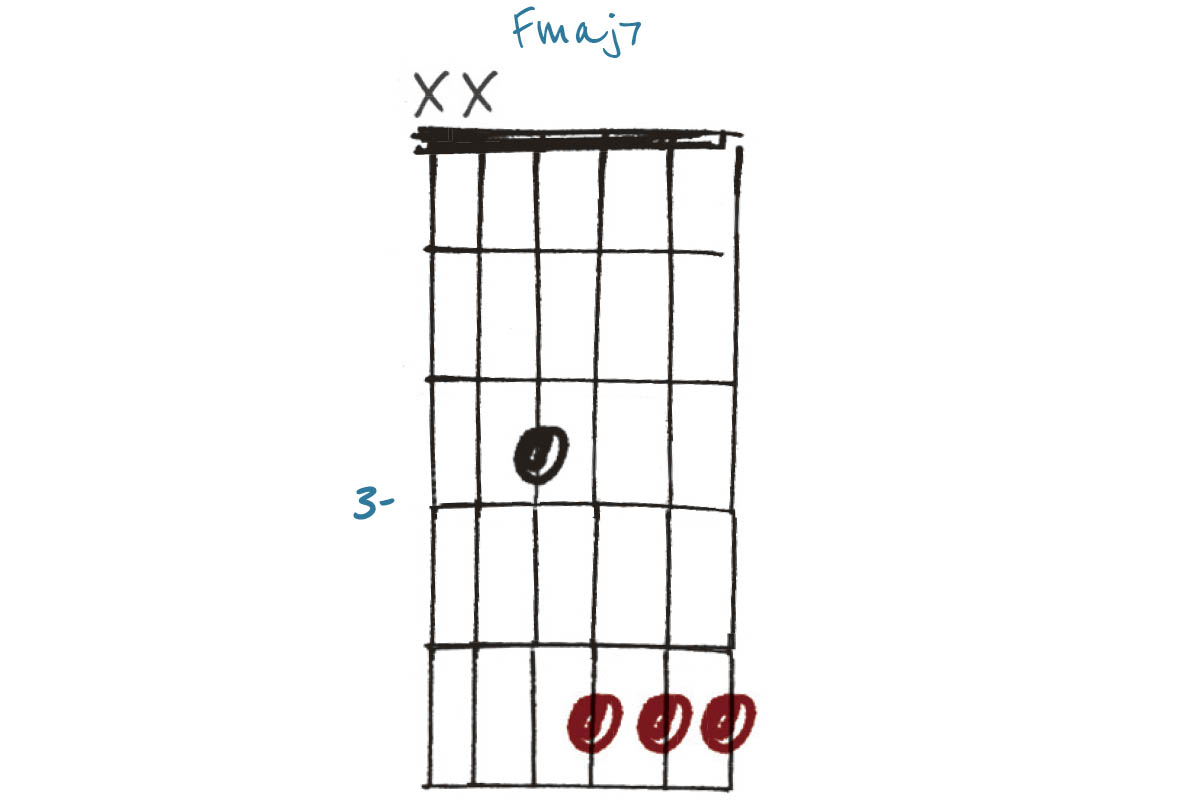Jazz up your chord progressions with this introduction to voice leading
Thou shalt Joe Pass with this lesson in gradual transitions between chords, which allow you to move around the fretboard for new musical ideas

If you’ve ever arranged a chord progression to avoid unwieldy jumps between chords (in either physical or intervallic terms), then you’ve already applied this principle to your playing.
Voice leading has also been described as when the transition between chords encapsulates the melody, as opposed to a top line played over block chords. Have a listen to some Joe Pass and you’ll hear this in action.
These five examples transition between A minor and Fmaj7 by moving one note of the chord down a semitone at a time – or chromatically, to use the technical term.
If you were to play an A minor, D7 then Fmaj7 using barre chord shapes, and then play the examples one after the other, you’ll get a sense of how the ‘voices’ in the chords have been arranged to transition gradually, rather than jumping from one place to another.
Neither approach is ‘better’ than the other, but understanding how to move chord voicings around gives you greater options on the fretboard – and who doesn’t want that?
Example 1. A minor

This A minor shape is our starting point. All the examples retain the same A minor triad on the top three strings (C E A). The moving note (in this case the root) on the fourth string functions as the ‘voice’ or melody note that leads us through the chord progression.
Example 2. Am/maj7

Shifting what had previously been the root down a semitone to G# at the 6th fret gives us this Am/maj7. This may sound contradictory, but the name describes a minor chord with a major 7 added.
Played on its own, this is very dissonant, especially with the A on top, but it functions well as a ‘passing’ chord, leading to the next example…
Example 3. Am7

Moving down another semitone on the fourth string gives us G natural and this Am7, resolving the dissonance of the previous chord. This ‘tension and release’ has been a popular musical device for centuries. As an extra point of interest, a C6 chord would fit nicely here by simply adding a low C as the root.
Example 4. Am6

As we continue down the fourth string, the next chord is an Am6, courtesy of the F# at the 4th fret. If we were to add a low D as our root, this would give a D9 chord, which would fit nicely after the C6, if you chose that option.
Example 5. Fmaj7

This final example functions as an Fmaj7, thanks to the F on the fourth string. If you’re feeling adventurous after adding the bass notes to the last two examples, try keeping the low D from the D9 in place. This will give you a nice Dm – just another option.
Get The Pick Newsletter
All the latest guitar news, interviews, lessons, reviews, deals and more, direct to your inbox!
As well as a longtime contributor to Guitarist and Guitar Techniques, Richard is Tony Hadley’s longstanding guitarist, and has worked with everyone from Roger Daltrey to Ronan Keating.











